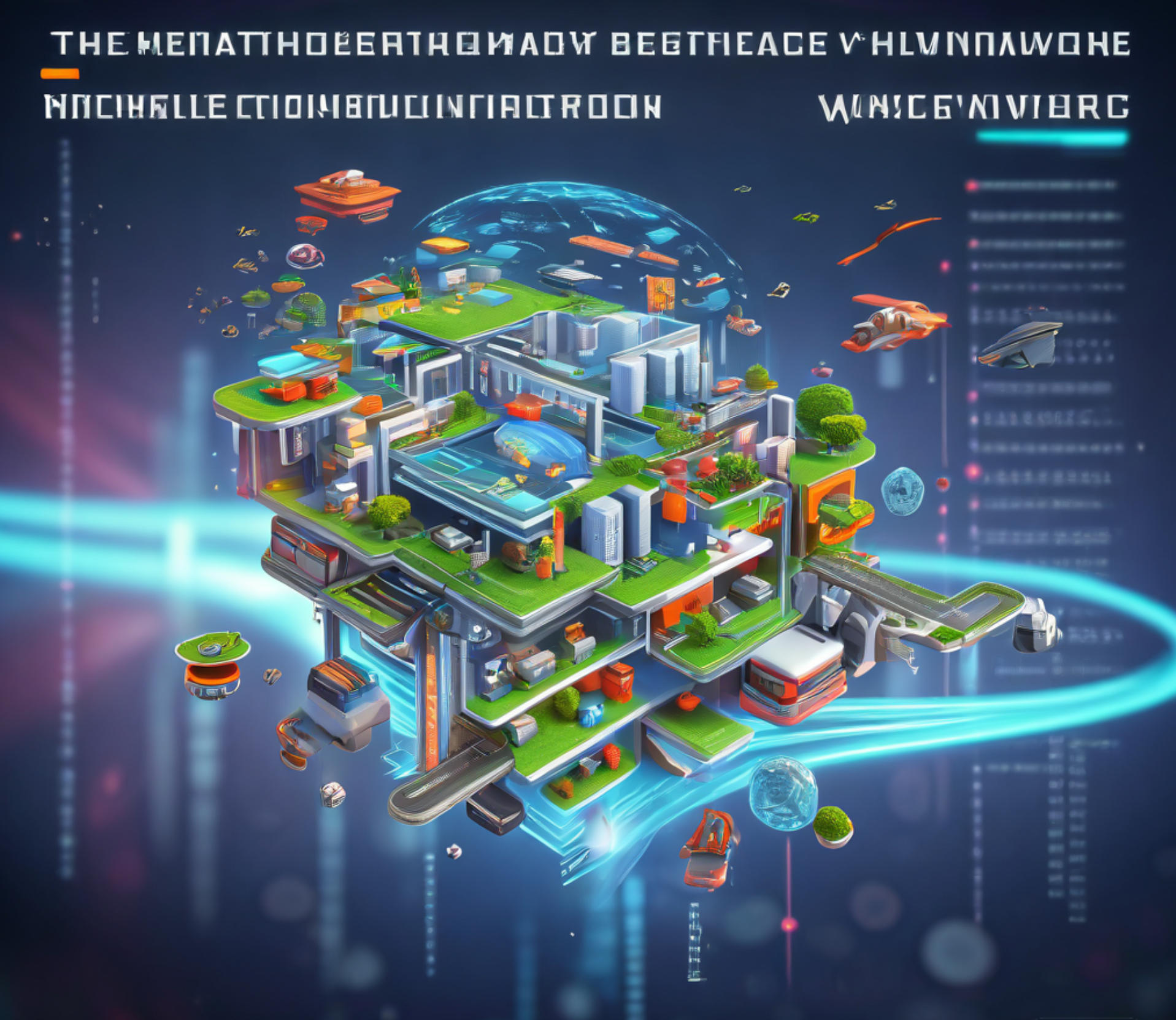The term “metaverse” once felt like science fiction—a virtual world where people work, socialize, and play in immersive digital spaces. Today, it’s inching toward reality, driven by advancements in virtual reality (VR), augmented reality (AR), and blockchain technology. But what exactly is the metaverse, and how will it transform our lives?
At its core, the metaverse is a collective virtual shared space, merging physical and digital realities. Platforms like Meta’s Horizon Worlds and Microsoft Mesh already let users attend virtual meetings as avatars, collaborate on 3D projects in real time, or attend concerts with friends across continents—all without leaving home. For businesses, it’s a game-changer: retail brands host virtual showrooms where customers “try on” clothes via AR, while universities offer immersive classes where students explore ancient Rome or dissect virtual organisms.
Yet, the metaverse is more than a playground. It’s poised to revolutionize remote work by creating “digital offices” where spatial audio and 3D avatars mimic in-person interactions, reducing the isolation of video calls. In healthcare, surgeons practice complex procedures in virtual operating rooms before stepping into real ones, minimizing risks.
Critics argue the hype has outpaced progress. Technical barriers, such as clunky hardware and inconsistent user experiences, still hinder mass adoption. Privacy risks also loom—with so much personal data (from biometrics to movement patterns) collected in virtual spaces, how will it be protected?
Despite these hurdles, the metaverse’s potential is undeniable. As 5G networks expand and VR/AR devices become lighter and cheaper, it will evolve from a niche concept to an integral part of daily life. It won’t replace the physical world but complement it—offering new ways to connect, learn, and create. The question isn’t whether the metaverse will arrive, but how we’ll shape it to be inclusive, secure, and a force for good.

Leave a Reply